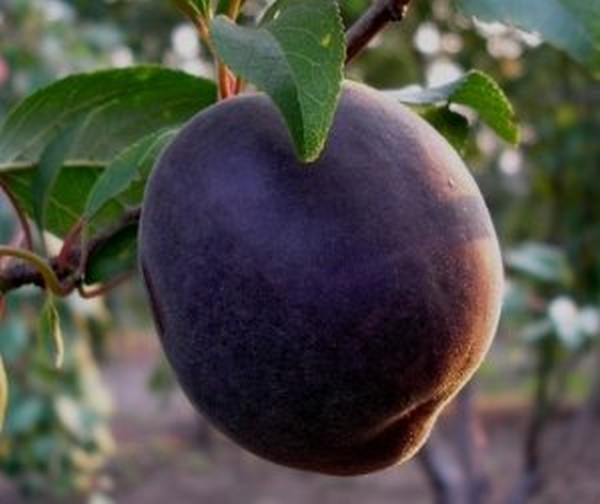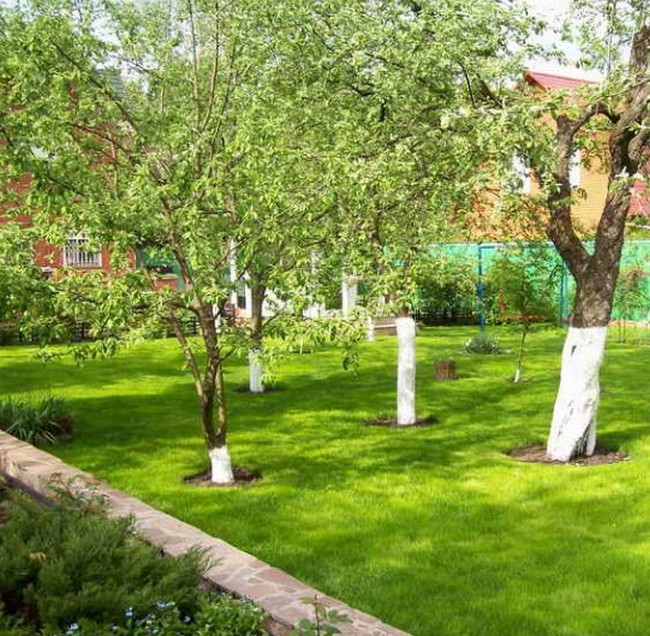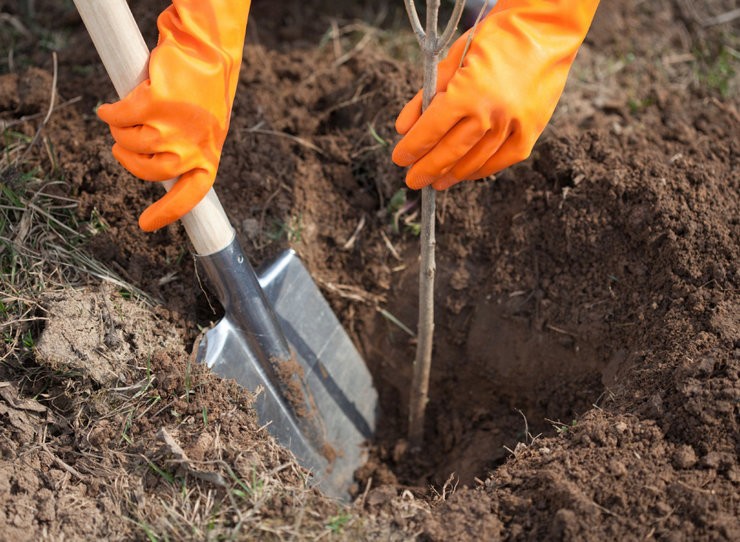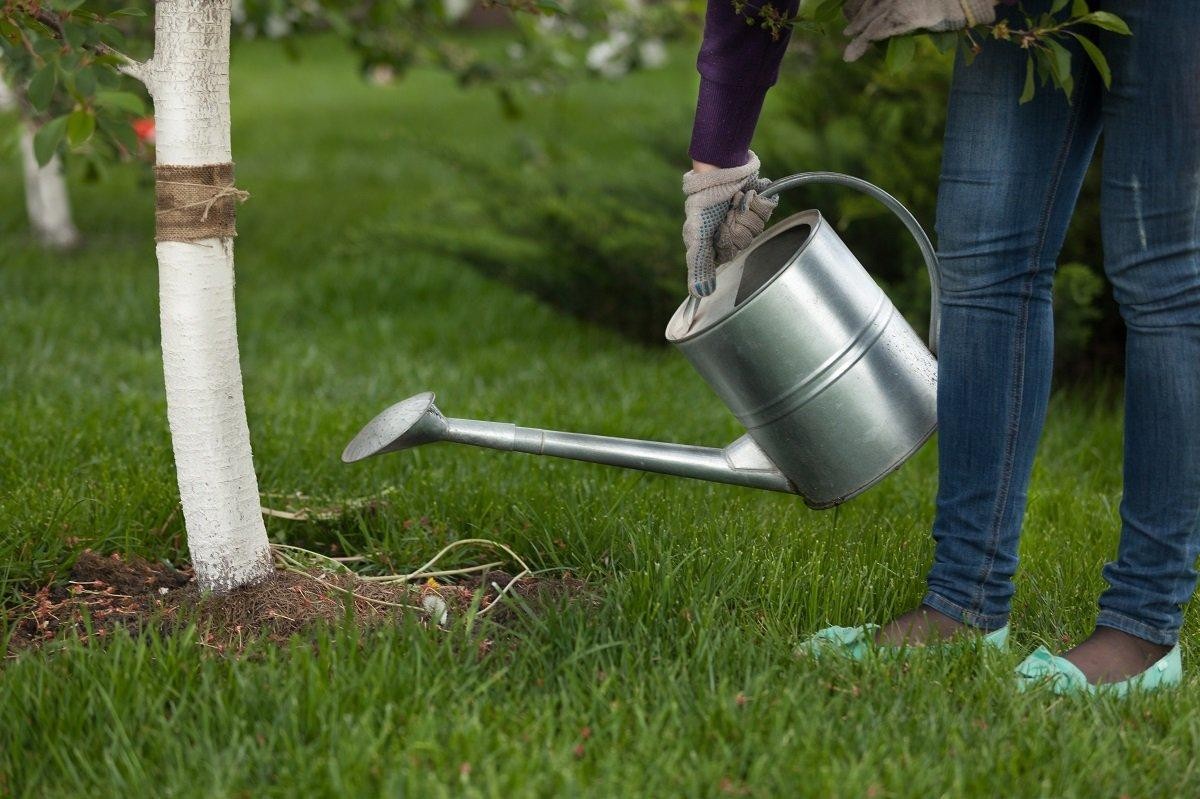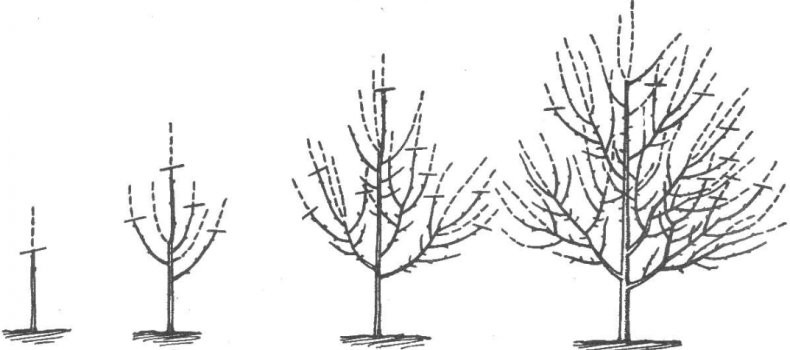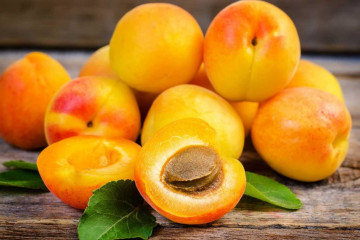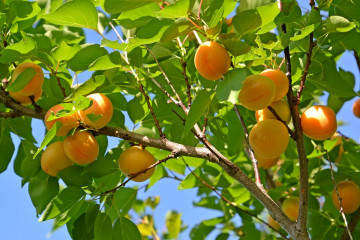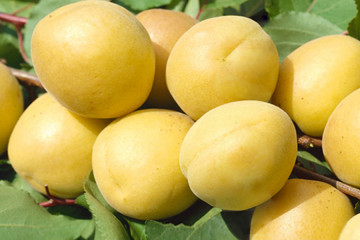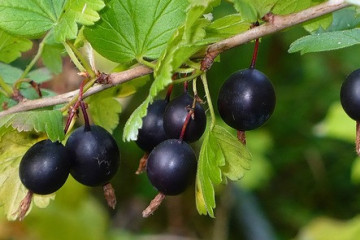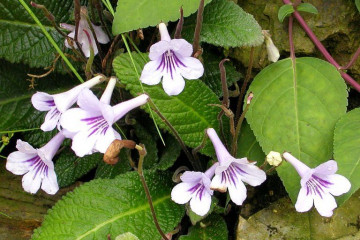Apricot Black Prince - description and history of fruit selection
Content:
Black apricot varieties have been seen on the plots of domestic gardeners quite recently. Such varieties are known to science under the name "apricot-cherry", as they are bred by crossing the fruits of apricot and cherry-plum. The breeders sought to achieve a result in which the stone fruits would be able to bear fruit in the conditions of the Middle Lane. It was the cultivation of the Black Prince apricot variety that became a breakthrough in horticulture. Late growing season allows you to avoid flowering during frosts, due to this, the chances of losing a crop are significantly reduced. The variety also has a brother, namely Black Peach - a combination of peach and cherry plum.
Description and characteristics of the apricot variety Black Prince
The most common variety of black apricots is the Black Prince variety, which first appeared at the Artemovskaya research station in the Donetsk region. Today it is common in the territories of Crimea, Georgia and the southern regions of Russia. Thanks to the artificial breeding of apricot, Prince received many useful characteristics that allow you to have large and juicy fruits.
Drought tolerance
This apricot variety is drought tolerant and able to grow in the absence of moisture for a long period. This is possible thanks to the long roots inherited from cherry plum. Drought tolerance of this species allows it to grow in arid climates.
Winter hardiness and frost resistance
The black prince is not afraid of any frost. Due to the late growing season, apricot flowering occurs after frost, thereby reducing the chances of losing fruit. The tree itself has a thick bark with a layer of sap liquid, which is so characteristic of apricot. This liquid does not allow the bark to freeze through and destroy the tree.
Pollinators
This variety completely lacks pollinators, but as experiments show, if other stone fruit crops are planted nearby, the tree's yield increases.
Yield
Apricot Black Prince bears fruit once a year. They are round in shape and weigh 50-80 grams. As they ripen, they acquire a maroon color, and overripe fruits become brown. The pulp is bright, red-orange, becomes darker as it ripens, has a low density, but contains a large amount of juice. The taste of apricot is sweet and sour, there is a sensation of astringency and a pronounced aftertaste. There are notes of both apricot and cherry plum. Sometimes there is a taste of plum. Ripening of apricots occurs in the first or second decade of August.
Disease and pest resistance
This variety of apricot is resistant to bacterial and fungal diseases, due to which the fruits always have a beautiful presentation. The tree is less resistant to attacks of harmful insects, so it is worth periodically cleaning the tree and spraying it.
Advantages and disadvantages of the Black Prince variety
The main advantages of this variety are its characteristics. The tree has good frost resistance, as well as drought resistance, is able to cope with bacterial diseases and does not succumb to fungal diseases. It gives beautiful and juicy fruits, and also does not need regular watering. The black prince has no pollinators, but is able to pollinate other varieties of apricot or cherry plum himself.
The main disadvantage of the Black Prince variety is the lack of immunity to pests. Therefore, ants will live on the bark, and aphids and caterpillars on the leaves. This variety inherited a small height from cherry plum - only three meters. Because of this, the fruit ultimately turns out to be less than on a regular apricot.
Conditions for landing
The best period for planting the Black Prince apricot is spring. This is best done in cloudy weather. When planting a seedling, you should pay attention to the foliage. On seedlings on which leaves have appeared, it is worth shortening the branches by a third, and the leaves in half. This will help reduce moisture loss and help protect the plant during frost.
Choosing the right seat for landing
This variety is very fond of sunlight and for better tree growth, it should be planted in open areas on the south side, where there are no drafts and strong winds. The variety is not whimsical to the soil, but excessive moisture can interfere with it.
When planting, it is also worth considering the size of the area. In the future, an adult tree will need a plot of 5 sq. meters. This fact should be taken into account, since due to a lack of space, the tree will not be able to grow normally.
Process and technology of planting young apricot seedlings
This process is not overly complicated and includes many different planting options. The best is considered to be premature fertilization with ash of the area where the tree will be planted. Before planting, you need to dig a hole 60x60x60 cm and pour a bucket of water into it. Then place the seedling and pour in another bucket of water. After the water has been absorbed by the earth, fill the hole and fertilize the surface with ash. This planting method is 100% likely to guarantee good growth of the tree.
How to properly care for an apricot
The tree prefers moderate moisture and does not tolerate excess moisture. It is also not worth giving up watering the apricot. The amount of juice in future fruits depends on this. The tree must be watered with extremely cold water, since warm water promotes the growth of fungus in the ground. Watering the Black Prince needs to be done once a week for several months. After this time, the tree will switch to natural watering.
Prevention and protection against pests
It is important to take care of the safety of the tree early after planting. Periodic watering with a solution of ash and water in a ratio of 0.5: 1 will rid the tree of aphids and ants. After one year of age of the tree, caring for it can be stopped.
Pruning varieties
This tree cannot boast of a particularly branched and thickened crown. Therefore, the pruning process will be as simple as possible. In the spring and autumn, sanitary pruning of diseased or extinct branches is carried out. Broken shoots are removed.
Preparing apricots for winter
For a successful wintering of an apricot tree in the garden, the first thing to do is to prevent diseases and clean the soil. Sometimes larvae or beetles hide in the ground near the trunk for the winter and multiply there. The roots can be insulated with the remnants of corn trunks. It will perfectly keep warm underground.
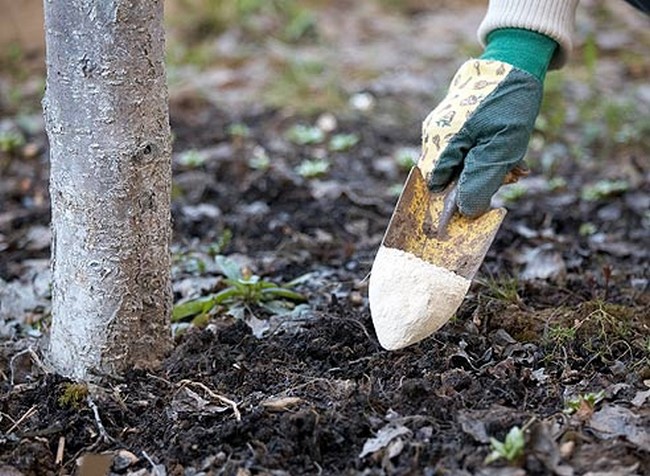
Before winter, the soil in the near-stem circle should be checked for the presence of larvae of harmful insects
Harvesting and storage
Harvesting of the Black Prince falls in mid-August. You can understand the ripeness of the fruit by the following criteria:
- soft apricot;
- dark or brown fruit color;
- pronounced fruit aroma.
Ripe Black Prince will be sweet and mellow. Apricots of this variety can be stored for no more than 2 days outside at a warm temperature and no more than 7 days in the refrigerator. After this time, the fruit begins to deteriorate.
Apricot Black Prince is a hybrid variety with unusual fruits, designed for true gourmets. They contain almost all known vitamins and minerals. Therefore, such a tree should be planted by every owner of a garden plot.
